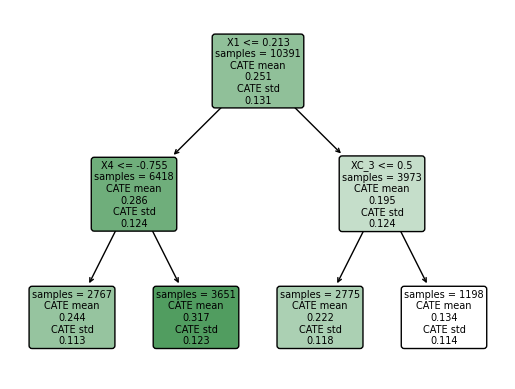Report 5#
Report on “Orchestrating Data/ML Workflows at Scale With Netflix Maestro” by He et al. (2022)
The authors begin by recognizing the pressing issues that surround the workflow orchestrator currently used by Netflix called Meson. As they put it, scalability and usability are essential, and these properties have been compromised as its rising popularity and growth in demand have led to scale problems, for example, leading to slow performance during high traffic periods. It is about how to solve this issues that the authors focus on throughout the article. They present a next-generation workflow orchestrator called Maestro, and the main question to be answered lies in how Maestro effectively manages and orchestrates large-scale data and machine learning (ML) workflows addressing these challenges.
One clear strength of the article is that the authors provide a comprehensive yet detailed account of Maestro’s characteristics and capabilities, like its ability to scale horizontally, which is a significant improvement over Meson. They give an overview of Mestro’s high-level architecture and continue by giving a detailed explanation of each one of its main components.
Additionally, they include very compelling and friendly diagrams that help illustrate the relationships between those components as well as the processes that occur within each one of them. This helps a lot since the technical jargon about those relationships and processes can be difficult to conceptualize at times.
Speaking of which, a possible weakness of the article lies in the complexity of the language used throughout. The authors use highly specific industry terms in their sentences, which surely (in the eyes of a well-versed data engineer) elegantly capture the intricacies of Maestros components, processes, and characteristics. However, many concept remain unexplained to the vast majority of the public that may not be familiar with them. Still, as I said previously, the friendly diagrams help with this overwhelming technical depth and most of these concepts are “one Google search away” from being understood.
Despite this opportunity for potential improvement, the article does represent a significant contribution to the field. It serves as an introduction to workflow orchestration and synthesizes the capabilities and characteristics of this state-of-the-art tool. Thus leading to more awareness of the benefits of using Maestro, and consecuantly, leading to more efficient applications of workflow orchestration which ultimately could lead to better products and higher profits.
To further advance this area of research, one could look into potential applications of workflow orchestrators like Maestro outside of the industry sphere, for example, in Academia. Another step that could be taken in making a comprehensive guide on workflow orchestration for people not well versed in technical concepts of data engineering.
